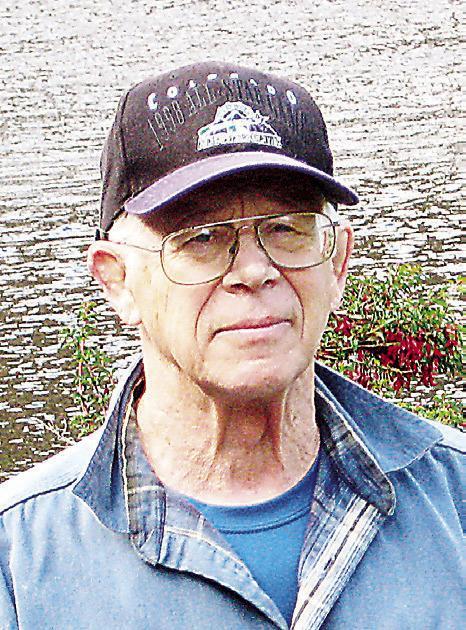
Moe Johnson Running with Moe
Having marathon mindset
There was an article about a woman runner who won two of the most difficult 100-mile races and set a record in one of the races of 26:14.08 hours.
The accomplishment of winning two 100mile races is amazing.
Having run marathon distances of 26.2 miles and contemplated entering a 50K race at one time, my thought was what kind of mindset does a runner need to a run that far?
Imagine a runner standing at the starting line of a race that is going to take over a day’s time to finish.
The record is over 26 hours for the fastest time, and other “average” runners will be running close to, or over, 30 hours.
Thinking that the race starts at 8 a.m. on a Saturday morning and will not finish until noon hour on Sunday, makes me wonder what goes on in the mind of that runner to try this distance.
I thought about my first marathon and wanting to break a fourhour time.
I can’t remember what thoughts went through my mind for the 3:45 time.
I remember that near the end, one volunteer told the group of runners I was with that the rest of the distance was 'flat and just around the bend.'
When we hit a small bridge that we had to run up and over, I had some choice thoughts about that volunteer that told me the rest of the distance was flat.
And the part of a short distance around the bend turned out to be the longest “short” distance I had ever run.
In later marathons, we ran in a group–the conversation between runners was the same as if we were standing around in a group conversing.
This occupied your mind, and the effort of running was not that noticeable.
One runner had typed out 26 jokes and riddles to tell at every mile.
The laws of attrition did take a toll, as we started with 15 runners and ended up with five of us crossing the finish line together.
In marathons where I had to run close to a three-hour time to qualify– the Boston Marathon, for example–I used a system developed by Meyers that had you running a certain pace every five miles.
I had written down the times I needed for every mile on my bib, and the focus was on pace and time for those 26 miles. It worked well to occupy my mind and effort for the time running.
Keeping your mind on running and effort for three or four hours is not that difficult, compared to an entire day and more.
At some time during the race, the runner will be running through the night darkness with a head light to see what’s ahead.
In a marathon, there are aid stations every two or three miles to hydrate runners. It would almost be impossible to have 50 aid stations active and running for that distance.
And while a marathon runner can get by with water and energy drinks, running 100 miles will take more than liquid refreshment.
The selection of nutrition has to be concentrated energy food, and something that will not give a “full feeling” in the stomach and not cause any discomfort.
Things like bananas, high protein drinks, and maybe even snacks with a high carbohydrate content will be needed.
Since there will be limited volunteer aid stations over a 100-mile distance, the runner may have to carry some forms of liquid and food with them.
If you have ever had to carry a couple quarts of water on your back, this can be very energy consuming.
Thinking of the attrition of runners in a marathon, it is easy to imagine the attrition rate of running a distance of four marathons, back to back.
I would imagine after 50 miles, most of the lead runners are pretty much spread out and running by themselves.
Try to remember what it is like to solve a problem or concentrate on something when you are tired and fighting the urge to sleep.
Add a period of darkness and some hunger pains to the equation, and to keep running makes me wonder what keeps a long distance runner being able to focus on running 100 miles.
The mental toughness that is needed to run that length of time is a necessary thing that the runner needs, along with the muscle energy of the body.
The encouragement from volunteers at aid stations would be a real boost to keep running in the later miles.
Stopping for a short time to eat and drink, is better than trying to eat and drink while running.
Even in a marathon distance, I found that the short time it took to pause and drink some fluid was better than trying to drink and swallow fluid while running and breathing hard.
The point of accepting the challenge of running 100 miles is another mind thing.
I was asked to run a 50-mile race after several marathons.
My mind said, '26.2 miles is enough–so, no to 50 miles.'











